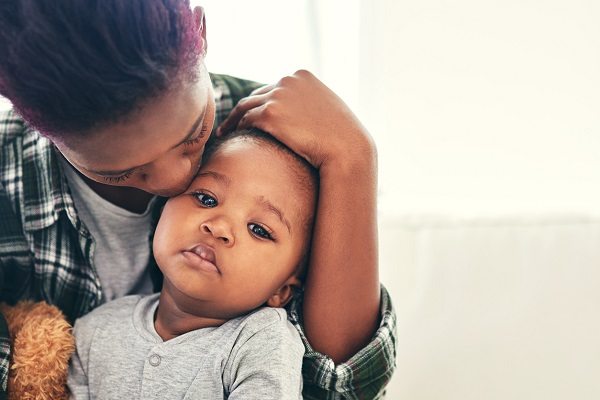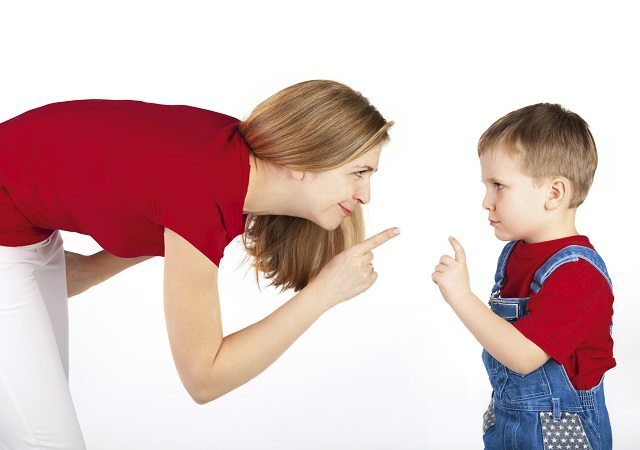It can be frightening to witness, but febrile seizures are a necessary part of some children’s early years. Whether you’ve heard about them or think your child might be susceptible, it’s always good to know the facts so that if it does catch you unawares, you have some information to go on.
What are they?
A febrile seizure is usually as a result of a high temperature in a case of the child suffering from an illness. They are accompanied by a temperature of over 38 degrees Celsius (which is fever temperature). Having a febrile seizure does not mean that your child has epilepsy or brain damage.
Who is affected?
It can affect children between the ages of three months and six years, and are most common in toddlers aged 12 to 18 months.
What happens?
The child will shake, convulse and twitch. Their teeth may chatter and they may moan and lose continence. The child may lose consciousness. Continue to speak and comfort the child even though they may not see or hear you. They will come to in a few minutes. Afterwards children might feel sleepy, or have no lasting effects.
How long do they last?
Febrile seizures last less than 15 minutes. If it lasts more than 15 minutes and/or occurs more than once in 24 hours it could be a sign of something more serious.
Who is susceptible?
Children who have a family history of seizures are more likely to have one. One in three children who have had a seizure before they’re 15 months old are more likely to have another one. Most children outgrow their seizures by the time they are five years old.
Should I call the doctor?
If you’re unsure or it’s your child’s first febrile seizure, always check with your medical care team or GP to make sure your child isn’t suffering from something more serious.
Not sure what’s wrong? Check out these symptoms to see if you need to bring your baby to the doctor.
maternity&infant
Originally posted 2017-02-07 10:17:06.









